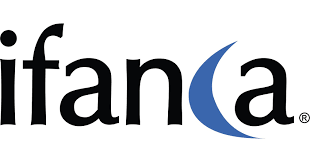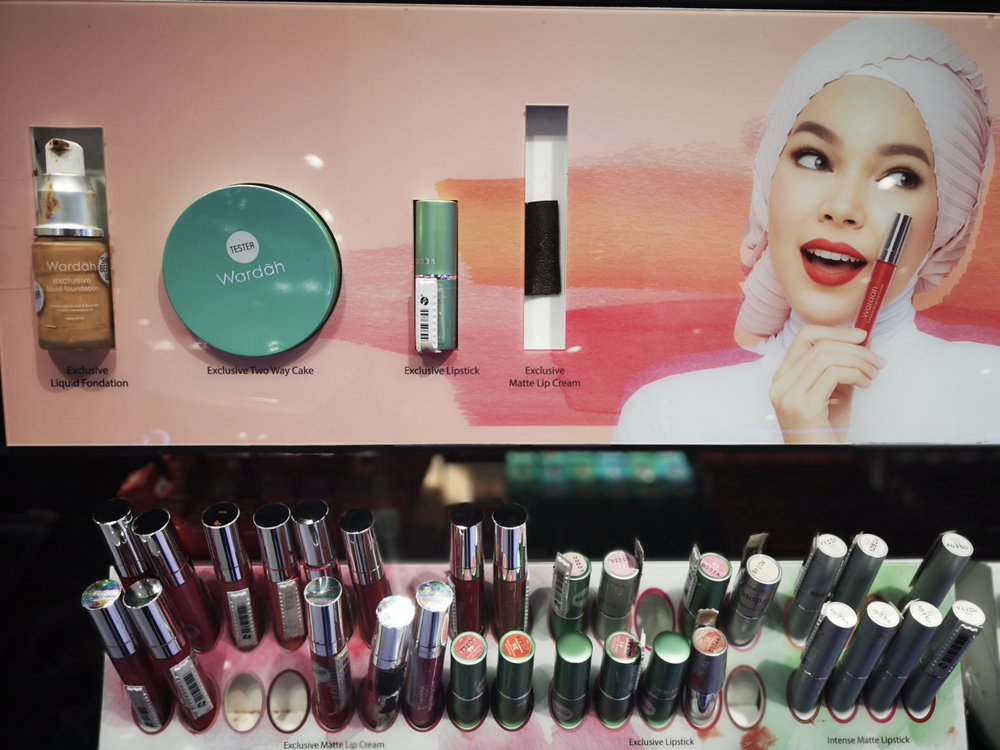
Halal cosmetics 2020: More traction in Asia led by demand from Malaysia, Indonesia, and exports from South Korea
Halal cosmetics sales are increasing with more companies getting certified and product ranges expanding but popularity is not evenly distributed worldwide, with the segment gaining more traction in Asia, especially Southeast Asia, than in other markets.
“There is an emergence of halal cosmetics but it is still focused on Asia and there is less recognition of halal beauty products in the USA and Europe,” Héloise Lefebvre du Prey, Project Manager for Southeast Asia at Asia Cosmetics Lab in France, told Salaam Gateway.
“In general, Southeast Asia is a very good market for halal cosmetics compared to two to three years ago when it was still considered a niche segment.”
Muslim spending on cosmetics is growing at a fair clip, estimated at $64 billion in 2018 and forecast to reach $95 billion by 2024, according to the State of the Global Islamic Economy Report 2019/20 from DinarStandard.
India is ranked the top market, at $5.6 billion, followed by Indonesia at $3.9 billion, Russia at $3.7 billion, then Malaysia and Turkey.
However, the breakdown of Muslim spending on halal cosmetics versus conventional cosmetics is difficult to quantify.
Southeast Asia is considered the largest producer of halal cosmetics, at around 40%, while in sales, the Middle East has a 12% market share, and the USA and Europe just 4%, according to a 2019 WiseGuy report, estimating the global halal cosmetics market to be worth $2.5 billion and growing at 5.6% a year.
If such a figure is accurate, halal cosmetics accounts for around 2.5% of global cosmetics sales in 2018, which Euromonitor estimates at $488.3 billion.
The market in Southeast Asia has developed more than elsewhere due to higher awareness among consumers and a well-established halal regulatory environment with specific cosmetics regulations, particularly in Malaysia and Indonesia.
HALAL K-BEAUTY EXPORTS
The popularity of Korean cosmetics - ‘K-beauty’ - has also driven the attractiveness of more regionally-focused cosmetics in terms of beauty trends and influencers.
“South Korea has an important role in the beauty business in Asia and globally, especially how they're driving the cosmetic trend with their natural/herbal cosmetic ingredients and product concepts, which are more acceptable for the concept of halal cosmetics,” Dewi Rijah Sari, a halal cosmetics consultant in Indonesia, told Salaam Gateway.
South Korea has become the sixth largest exporter globally of essential oils, perfumes, cosmetics and toilet preparations, after France, the USA, Germany, Ireland, and Singapore, with the East Asian country’s exports growing by 25.7% to $6.25 billion in 2018, according to figures from the International Trade Centre Trade Map.
Exports to Organisation of Islamic Cooperation (OIC) countries has surged in recent years, rising from 3.2% of Korea’s total cosmetics exports in 2017, to 3.7% in 2018, and 4.2% in 2019, to $271 million, according to the Korean Institute of Halal Industry (KIHI).
By region, Southeast Asia leads, at $150 million, dominated by Malaysia at $89 million, and Indonesia at $61 million.
Exports to Central Asia grew 43.5% last year, to $51.9 million, with demand in Kyrgyzstan growing by 111%, and to Arab League countries by 42.6% to $44 million, with the United Arab Emirates the largest importer, growing 10% to $17.3 million, and robust growth in Saudi Arabia, Kuwait, and Iraq, as well as in non-Arab countries Turkey and Iran.
“The OIC is increasingly importing Korean cosmetics, but that doesn’t mean they are all halal-certified,” Dr. James Noh, Head of Halal Certification & Consultancy Centre at KIHI, told Salaam Gateway.
Nonetheless, certification of Korean cosmetics is on the rise, aided by the number of halal certification bodies (HCBs) in the country recognised by international bodies growing from one HCB to three last year, and the government pushing exports to OIC countries, evident in joint ventures with halal cosmetics companies in Malaysia and Indonesia.
Given Korea’s success, the halal cosmetics segment could well be the next K-beauty phenomenon.
“There is way more visibility of Muslim women and beauty, and Muslim beauty, or M-beauty, is maybe a new Korean-beauty, even if it is not recognised yet. I think the outlook for halal cosmetics is very good, with large manufacturers having more interest in halal formulations than before,” said Lefebvre du Prey.
INDONESIA RISING
Indonesia with its population of 270 million is expected to be a major driver of growth for halal cosmetics following the implementation of the Halal Product Assurance law No.13/2014, in October 2019, requiring mandatory halal certification for all products that are halal.
“In Indonesia there will be a 'cosmetics halal wave' due to the implementation of the law, which is to be phased in within seven years,” said Rijah Sari.
Currently around 80% of the country’s market share of cosmetics have halal certification, she estimates.
Leading Indonesian and international brands have followed the local halal brand market leader Wardah, in becoming certified.
INDIA, CHINA LAG
Yet while adoption of halal cosmetics is rising in certain East Asian countries, the two largest countries by population and market, China and India, do not have Muslim majorities, and halal products may face an uphill battle competing with other cosmetics segments.
The recent crackdown against Uighurs in Western China, and in India’s Kashmir, as well as the recently passed citizenship law which is considered discriminatory to the country’s 200 million Muslims, may also temper demand.
“They are the biggest markets in Asia but the climate to introduce halal beauty is not very welcoming right now given the situation with Muslim communities. It will be interesting to see how it evolves,” said Lefebvre du Prey.
While India has the largest Muslim spend on cosmetics, currently there are few halal cosmetics brands, led by Iba Halal Care. “It is the only (Indian halal) brand I see innovating and launching new products,” she added.
MENA LOOKING UP
In the Middle East, few local cosmetics companies are halal-certified, although demand is growing in the UAE and Saudi Arabia, with plans in these Gulf countries to set up halal production hubs to diversify their economies.
Turkey is certifying more halal cosmetics companies, said Murat Sayin, head of International Relations at Turkish certifier GIMDES, but not at the same level as in Southeast Asia.
HALAL VS. ETHICAL LABELS
A particular challenge for the development of halal cosmetics is the lack of overall awareness about why halal cosmetics among Muslim and non-Muslim consumers alike, while cosmetics labelling remains misunderstood in non-Muslim majority markets.
Indicative of this is that in a Euromonitor Lifestyle survey in Western Europe in 2019, halal labeling on cosmetics was less understood and trusted compared to organic, sustainable, vegan, and natural, at less than 40% in the UK and France, under 30% in Germany, and under 20% in Italy.
And it is organic, vegan and natural cosmetics that poses the biggest competition for halal cosmetics brands wanting to expand.
“They can be seen as a competitor or a challenge. In Malaysia we carried out a lot of interviews and consumers were more interested in the product being natural than halal-certified. But at the same time consumers are checking that there are no haram (unlawful) ingredients,” said Lefebvre du Prey.
For halal cosmetics to grow further this year and in the decade ahead, halal brands will have to emphasise traceability, adapt to the growing demand for natural and organic products, and appeal to all consumers.
“The existing mindset regarding halal cosmetics needs to shift. The sector could target all consumers and emphasise a specific product's concept and uniqueness. Halal cosmetics can provide a different level of 'high quality cosmetic' in term of hygiene and naturalness,” said Rijah Sari.
(Reporting by Paul Cochrane; Editing by Emmy Abdul Alim emmy.abdulalim@salaamgateway.com)
*Correction: Corrections were made in Para 5 for Muslim consumer spend for halal cosmetics in India, Indonesia, and Russia, and the top five countries ranking was also corrected to reflect most updated data for 2018. Updated data was supplied by DinarStandard.
© SalaamGateway.com 2020 All Rights Reserved
